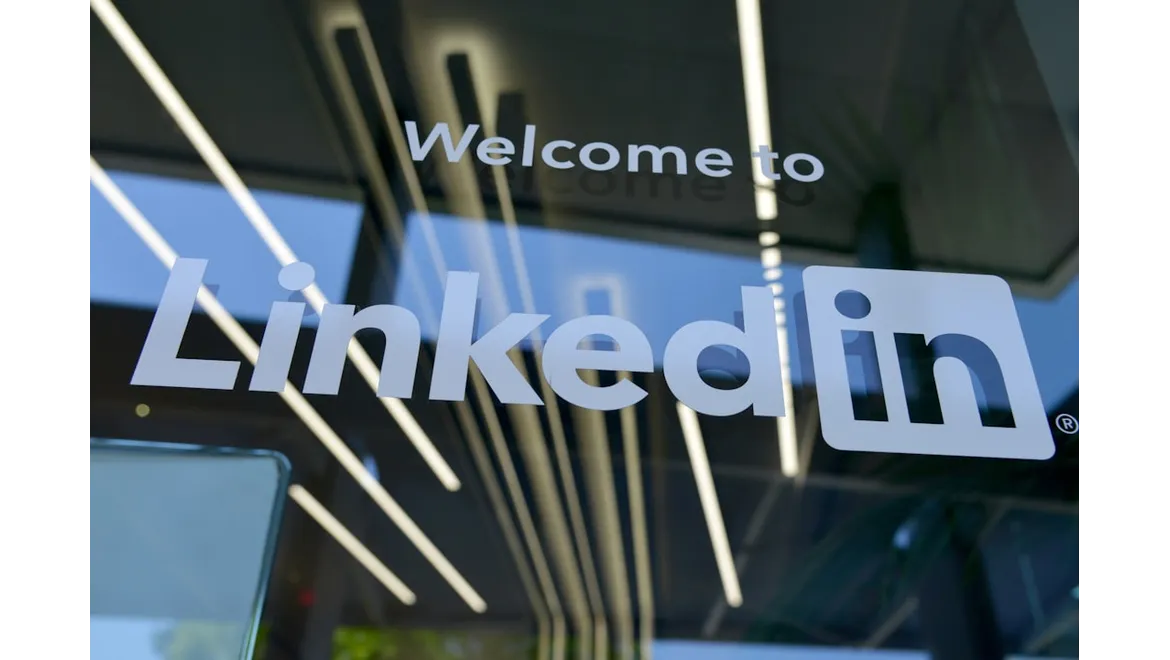So, I recently had a fascinating chat with Katherine, a real whizz when it comes to LinkedIn Learning and skill-based marketing. We were chewing the fat about how businesses can actually measure the return on investment (ROI) of their LinkedIn Learning initiatives, and more importantly, how to use it as a proper engine for new business. It wasn’t a formal sit-down affair, more like a relaxed coffee and a shared screen, but I came away with a notebook full of actionable insights that I just have to share.
Defining Success: Beyond Just Completing Courses
Katherine started by stressing that ROI isn’t just about seeing how many people finish a course. It’s about the impact those courses have on your business goals. Are you looking to generate leads, drive traffic to your website, or position yourself as a thought leader? Understanding this upfront is crucial. So, before you even think about content, ask yourself: What’s the ultimate objective of this learning initiative?
Key Metrics: Digging into the Data
Okay, so what should we be measuring? Katherine outlined a few key metrics, and here’s the breakdown:
-
Course Completion Rates: This is a basic one, but it’s important. A low completion rate could indicate the content isn’t engaging enough, the difficulty level is off, or the target audience is wrong. Track completion rates for each module to identify drop-off points.
-
Lead Generation: This is where it gets exciting. Add a clear call to action within your course content – a link to download a white paper, sign up for a webinar, or request a consultation. Then, track how many leads are generated directly from the course. LinkedIn analytics can help you segment leads based on course completion, providing valuable insights into their interests.
-
Website Traffic: Use UTM parameters in your course links to track website traffic coming directly from LinkedIn Learning. This allows you to see which courses are driving the most relevant traffic to your website.
-
Social Engagement: Monitor likes, comments, and shares on your course updates and promotional posts. High engagement suggests the content is resonating with your audience.
-
Sales Conversion Rates: Ultimately, the goal is often to convert leads into paying customers. Track the conversion rates of leads generated from LinkedIn Learning compared to other sources to see if the initiative is contributing to sales.
Analysing the ROI: Connecting the Dots
Collecting the data is just half the battle. You need to analyse it to understand the ROI. Katherine suggested a simple framework:
- Calculate the cost of creating and promoting your LinkedIn Learning courses. This includes everything from planning and production to marketing and advertising.
- Calculate the revenue generated from leads acquired through LinkedIn Learning. This could be direct sales, upsells, or even increased client retention due to improved skills.
- Divide the revenue by the cost to get your ROI. A positive ROI indicates that the initiative is generating more revenue than it costs.
Refining Your Content Strategy: Data-Driven Decisions
Katherine emphasised that data should drive your content strategy. If a particular course isn’t performing well, don’t be afraid to make changes. Consider the following:
-
Review Feedback: Pay close attention to feedback from learners. What are they struggling with? What are they enjoying?
-
Analyse Completion Rates: Identify drop-off points in the course and revise the content to make it more engaging.
-
Experiment with Different Formats: Try microlearning modules instead of longer courses, or incorporate more interactive elements like quizzes and polls.
-
Target the Right Audience: Make sure your courses are targeted to the specific skills gaps within your target audience. Use LinkedIn’s targeting options to reach the right professionals.
LinkedIn Learning and Skill-Based Marketing: Practical Ideas
Katherine shared some innovative ideas for using LinkedIn Learning to generate new business:
-
Offer Free Introductory Courses: Provide a taste of your expertise with a free introductory course that addresses a common pain point. This can attract prospects who are actively seeking solutions to their problems.
-
Create Courses Based on Your Expertise: Share your unique knowledge and skills to position your company as a thought leader. This can attract prospects who are looking for expert advice.
-
Promote Courses on Your Company Page: Regularly promote your courses on your company page and encourage your employees to share them with their networks.
-
Engage in Relevant Groups: Participate in relevant LinkedIn groups and share your courses with members who are interested in the topic.
-
Personalise Your Messaging: Tailor your messaging to the specific interests and needs of your target audience.
Essentially, the key is to create valuable, engaging content that helps your target audience develop their skills. By positioning yourself as a provider of valuable professional development resources, you can attract prospects who are actively seeking to enhance their skills and ultimately generate new business. Remember to engage with your audience thoughtfully; a simple sales pitch rarely works, it’s about genuinely helping them improve.
In essence, Katherine helped me see that leveraging LinkedIn Learning isn’t just about churning out courses. It’s about a strategic, data-driven approach. By carefully tracking key metrics, analysing the ROI, and using data to refine your content strategy, you can turn LinkedIn Learning into a powerful engine for lead generation and business growth. The important part is to create something your target audience finds helpful and engaging – that is the key to success!











